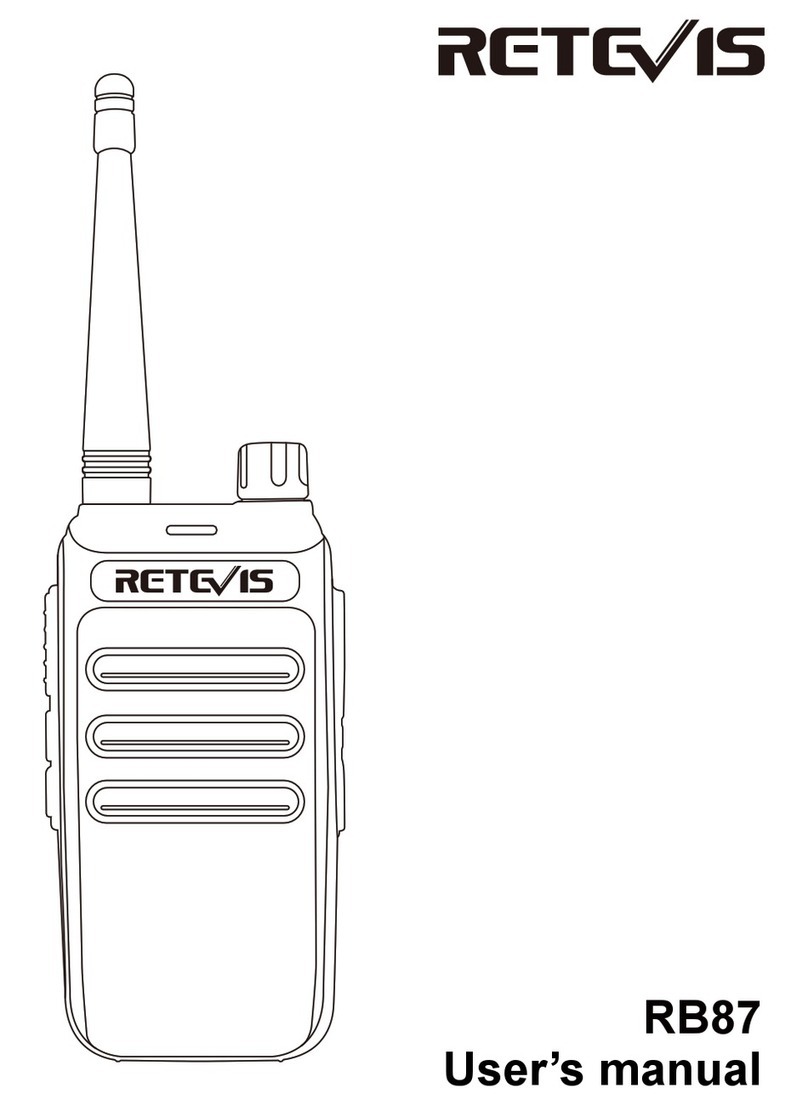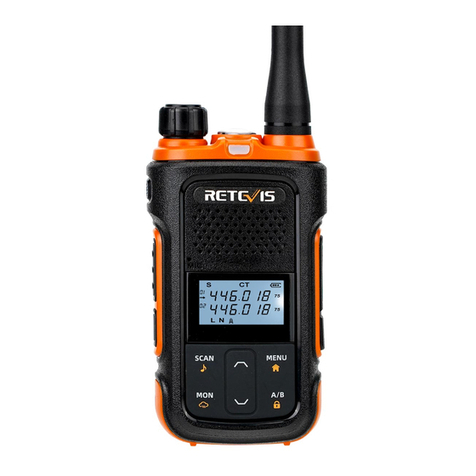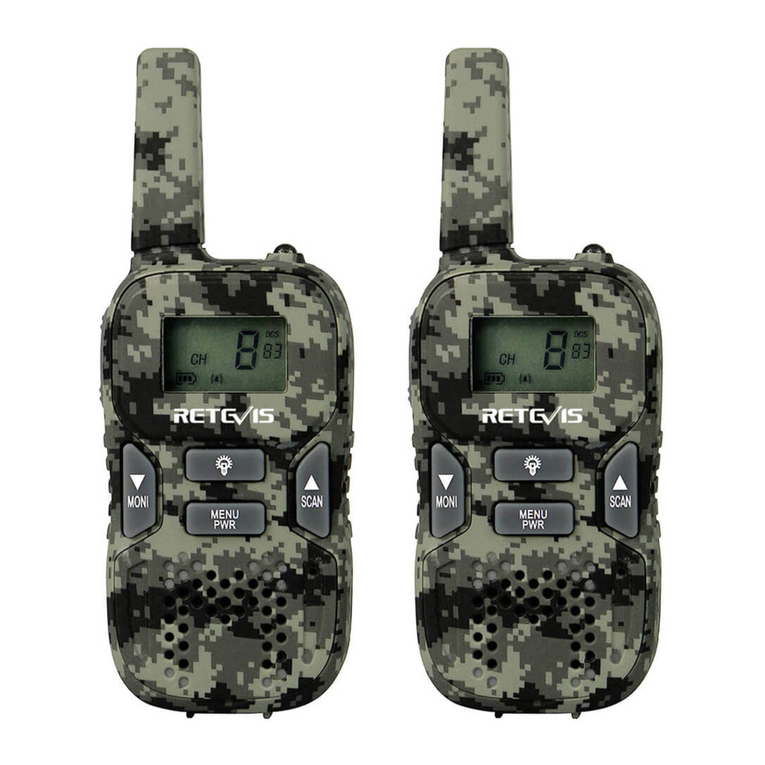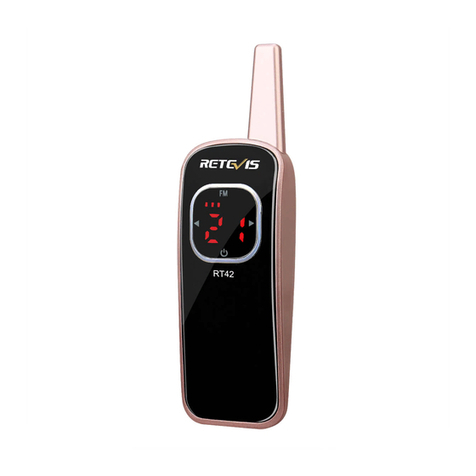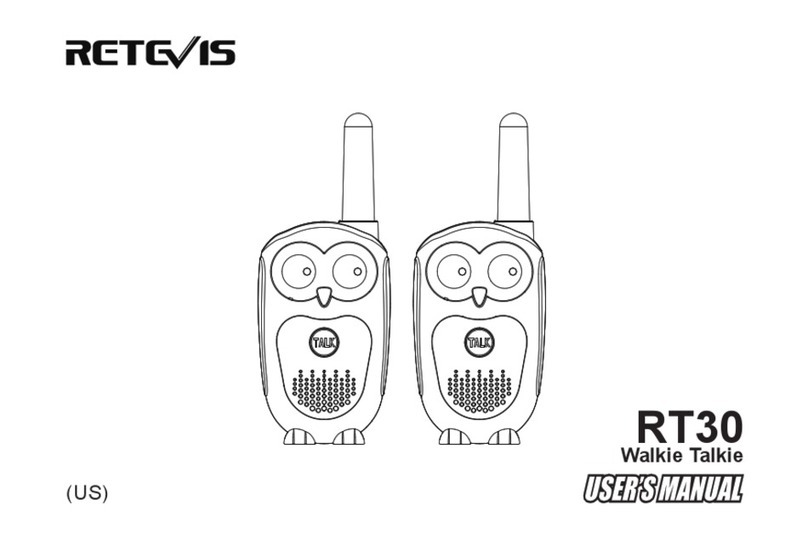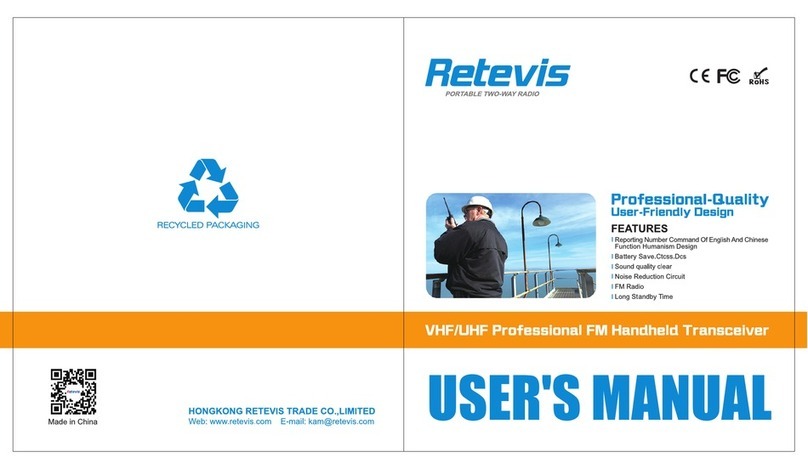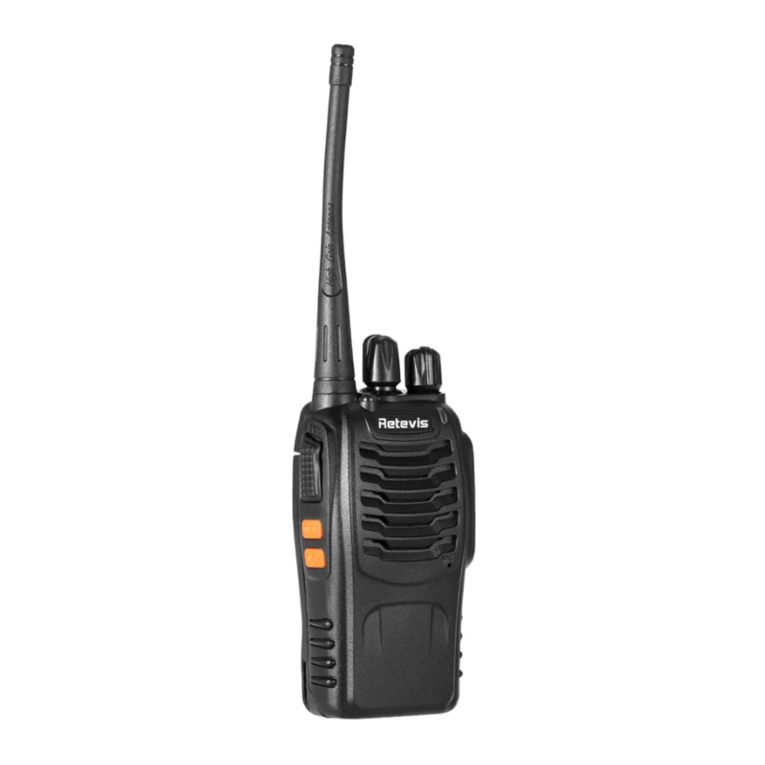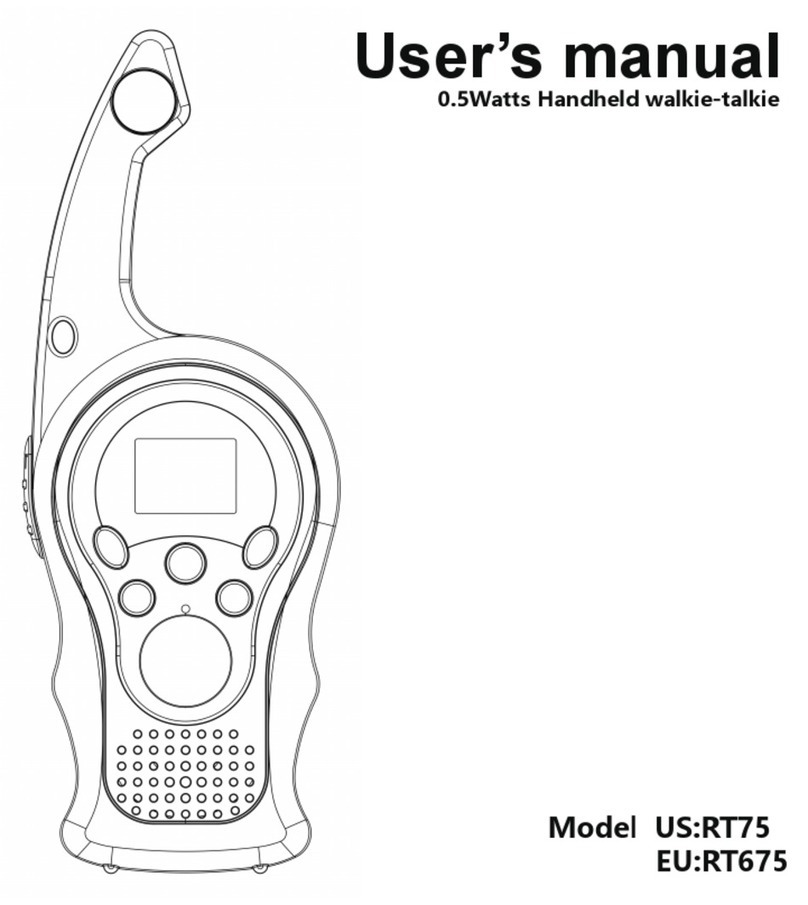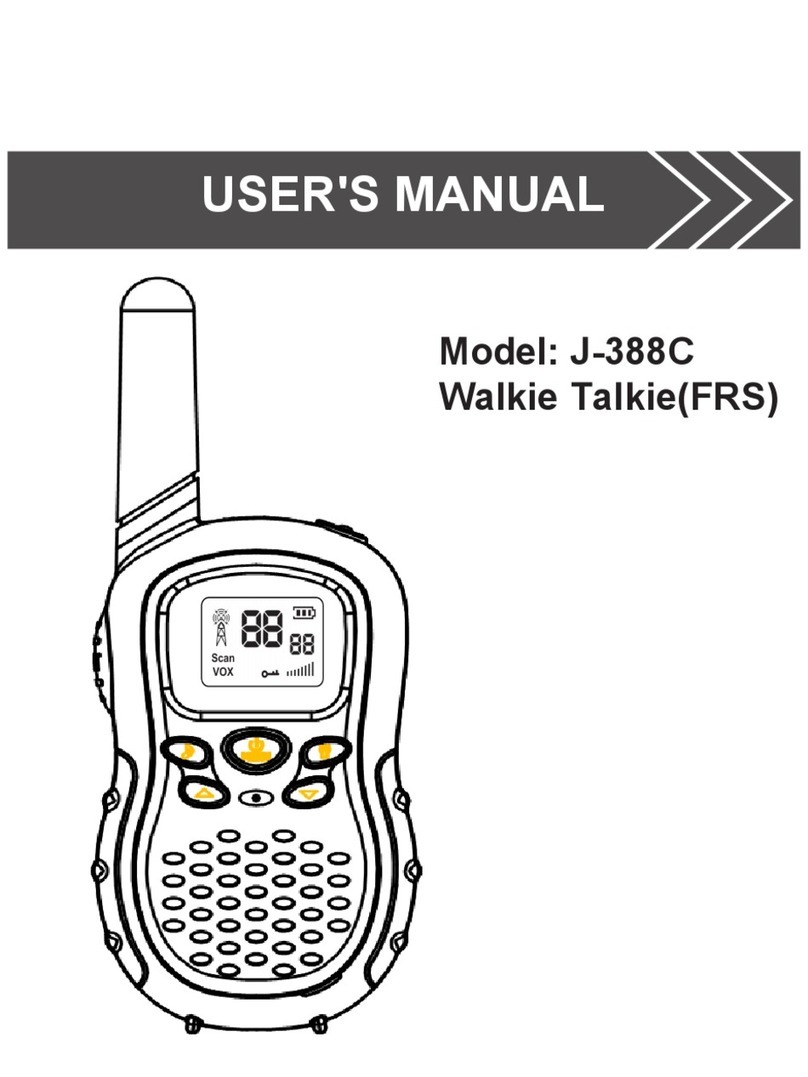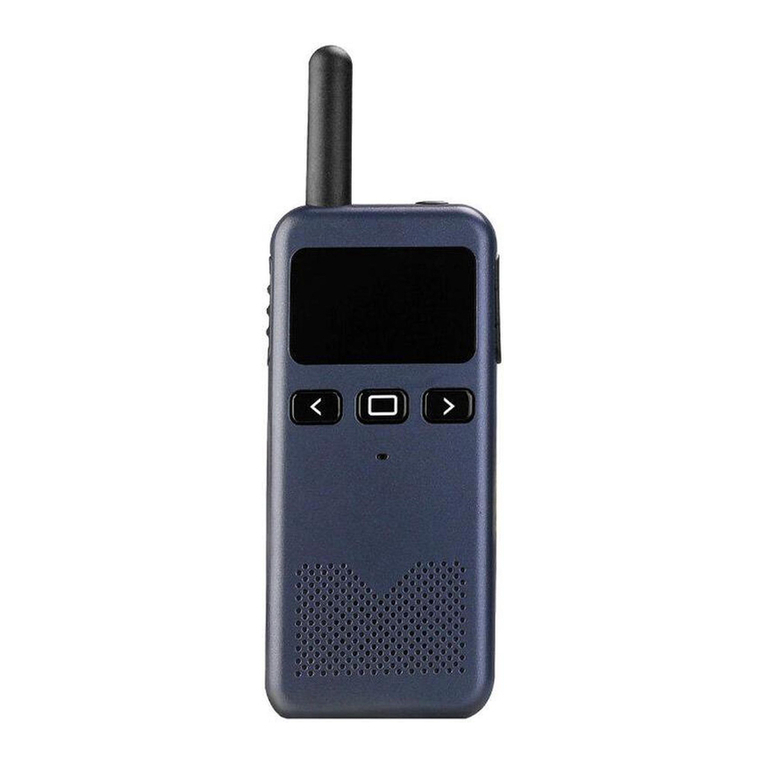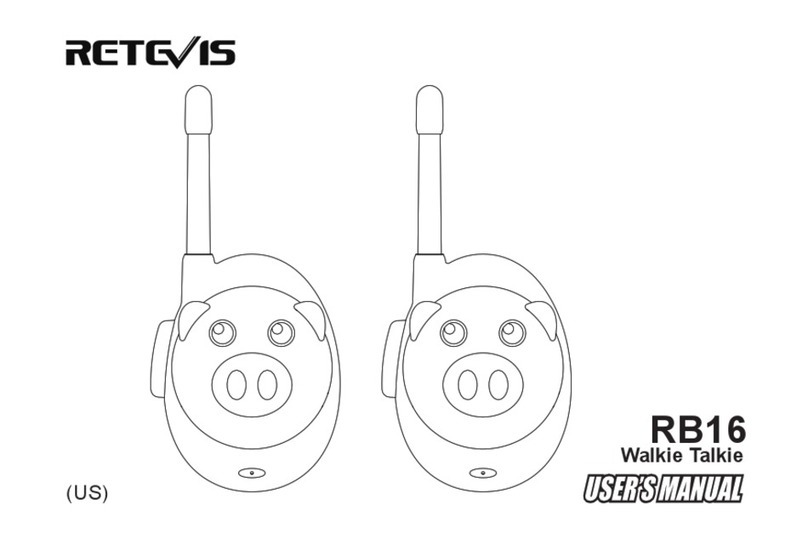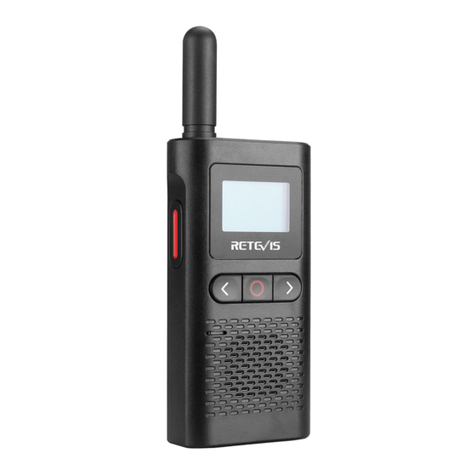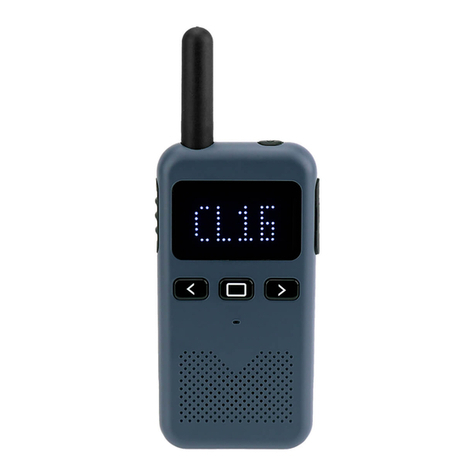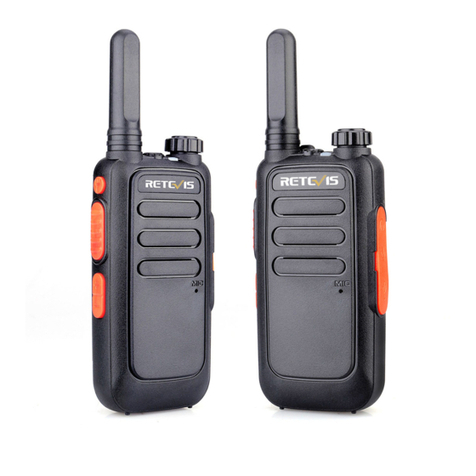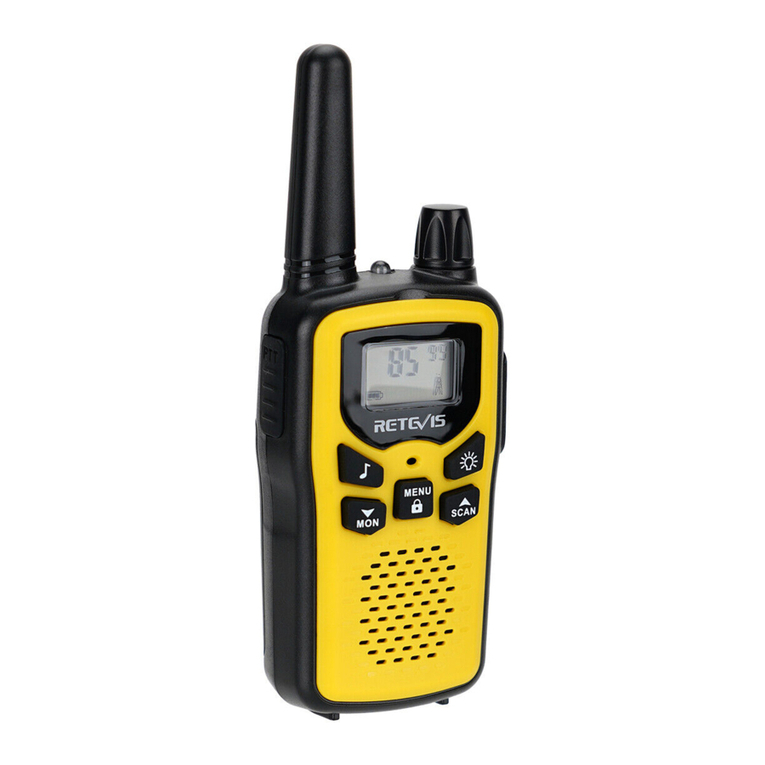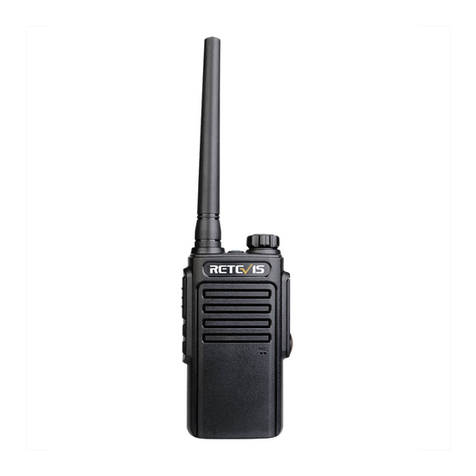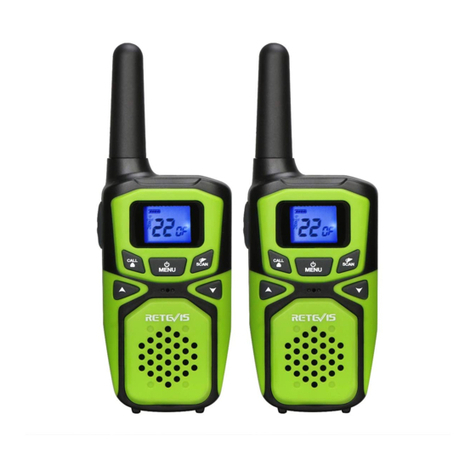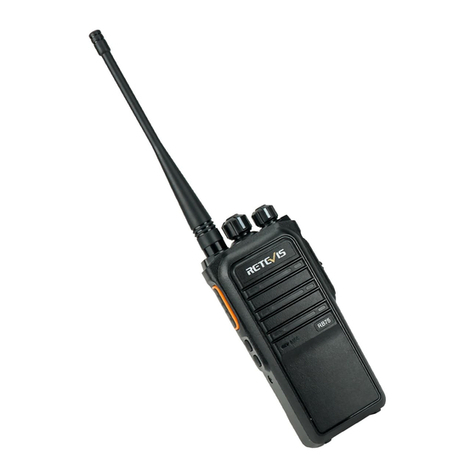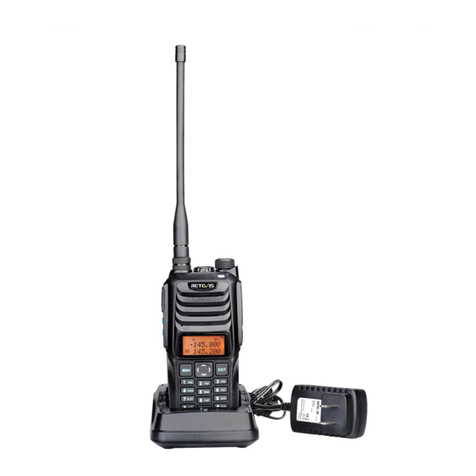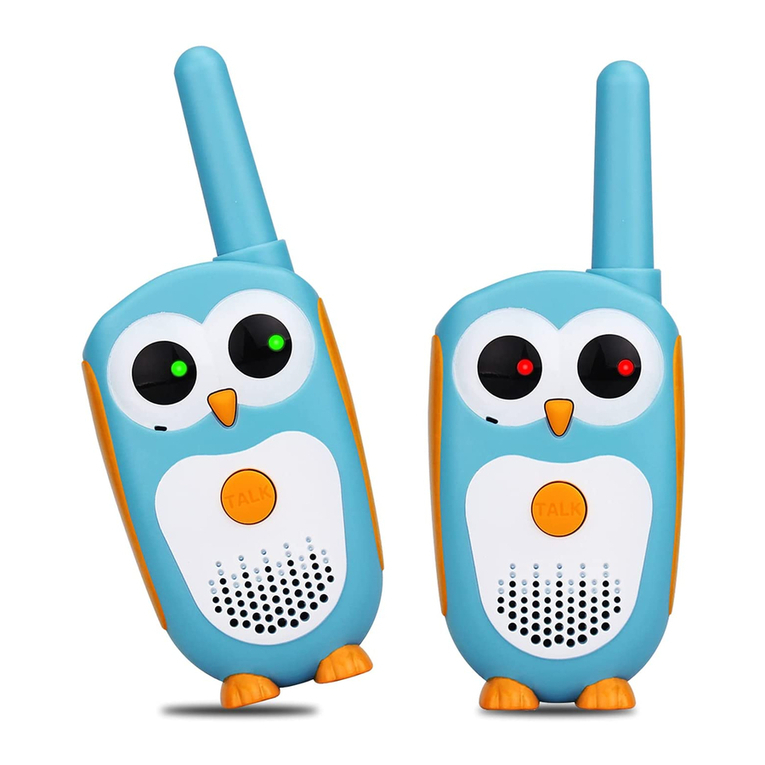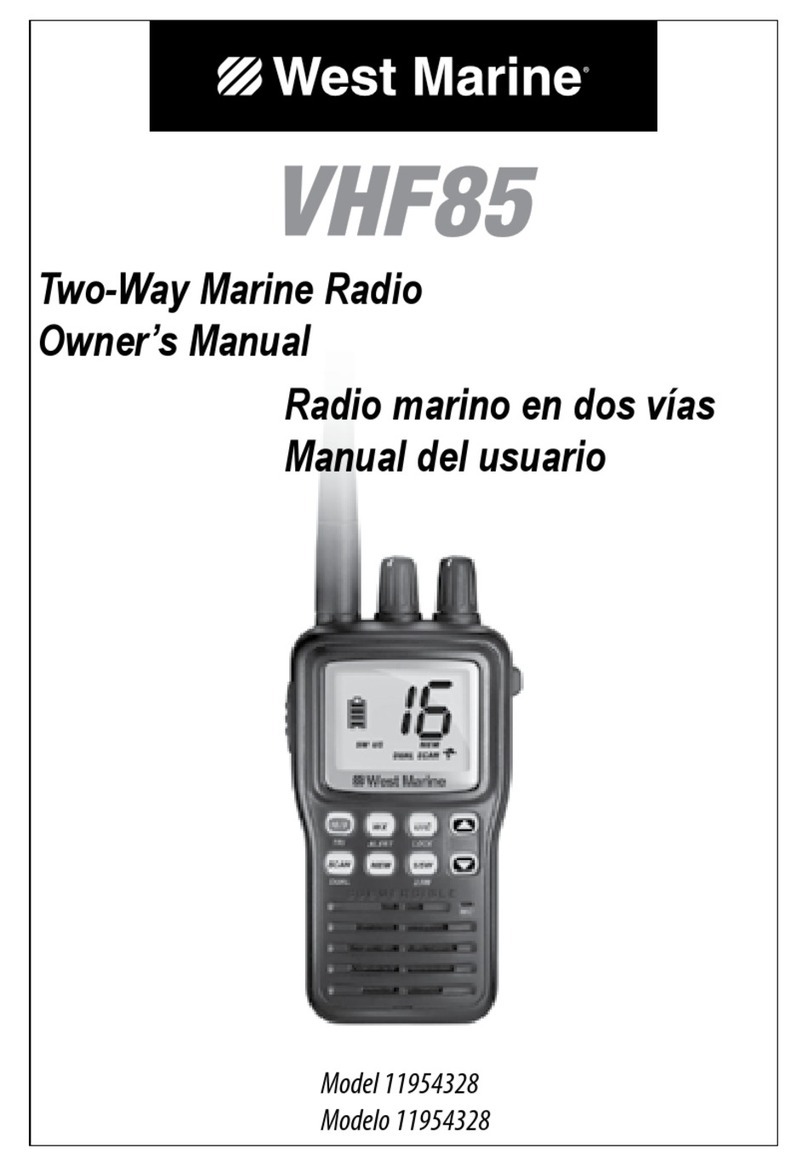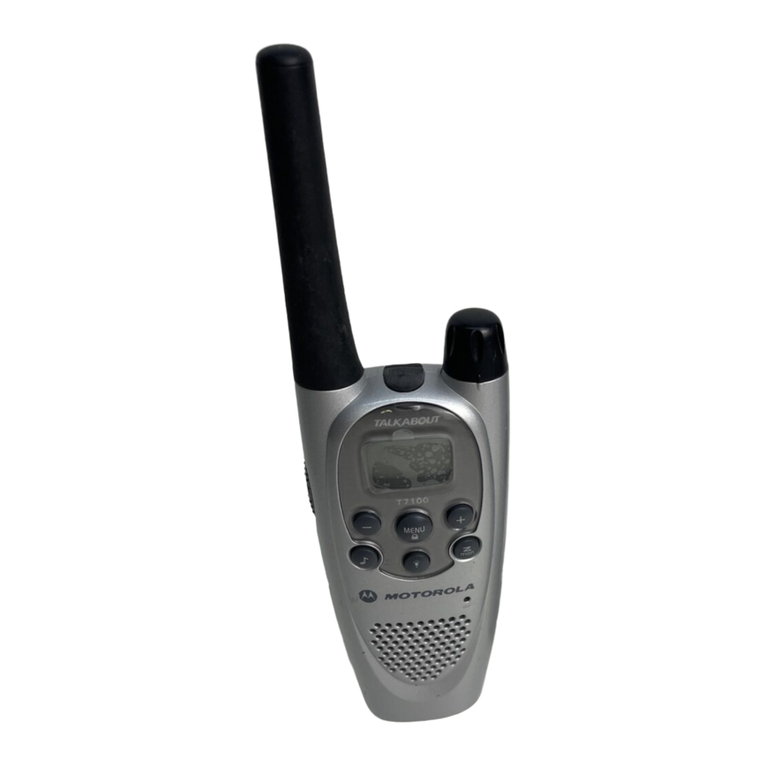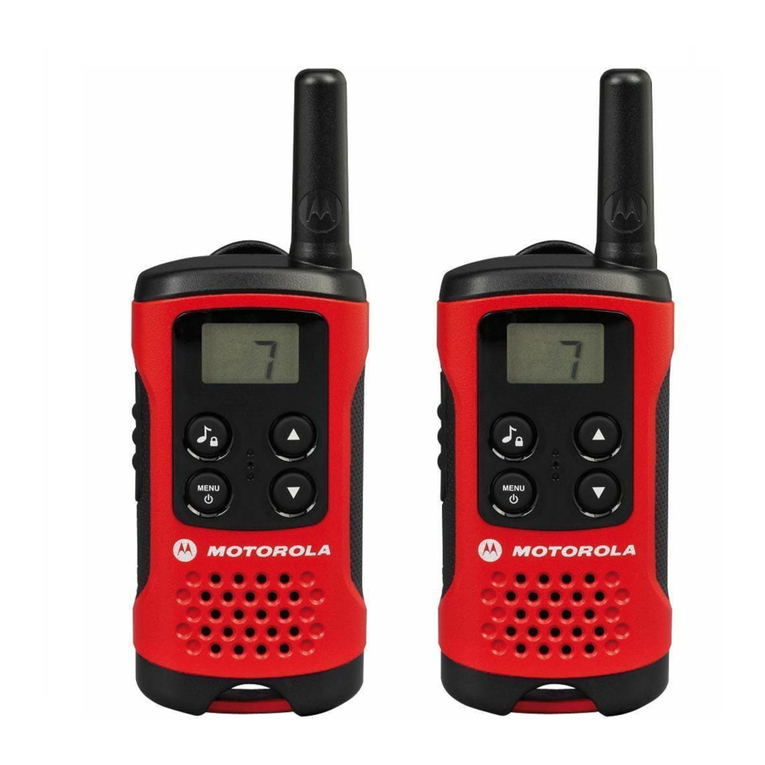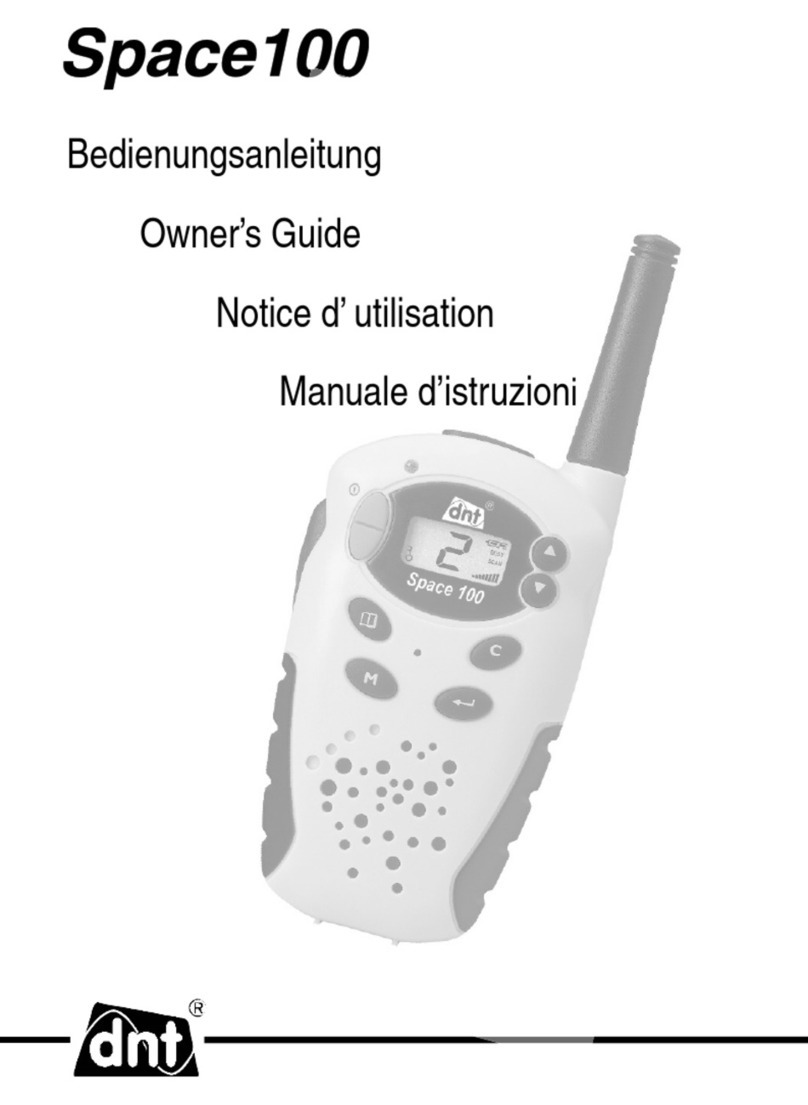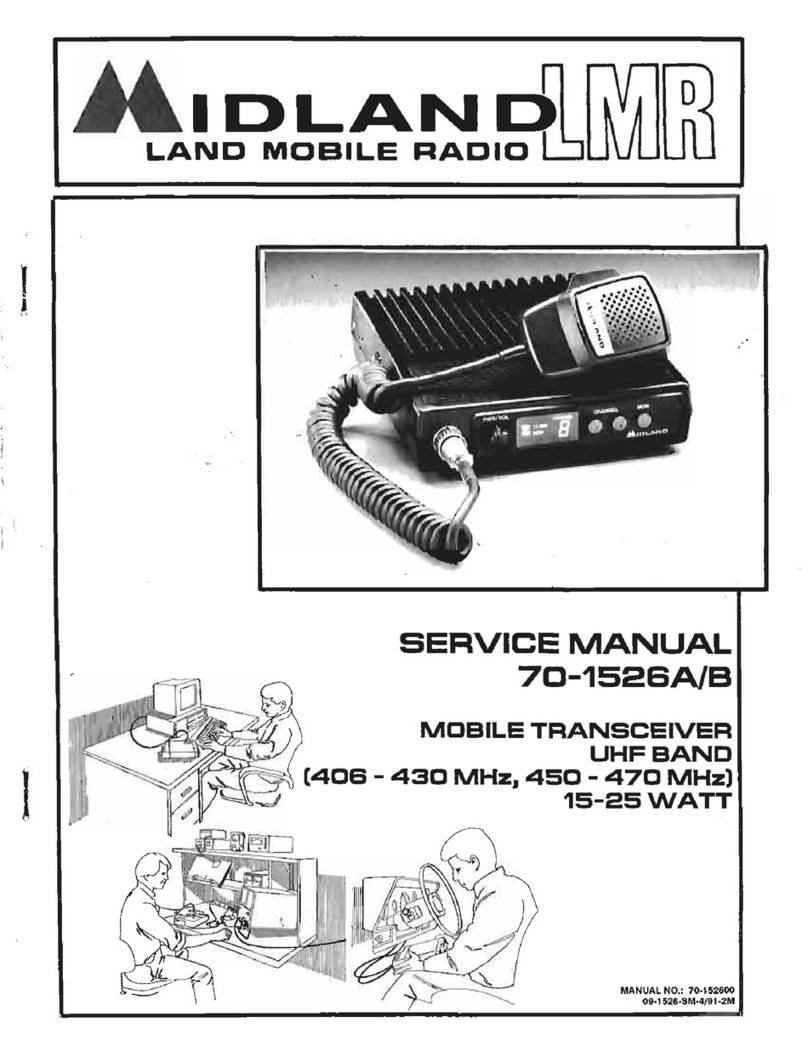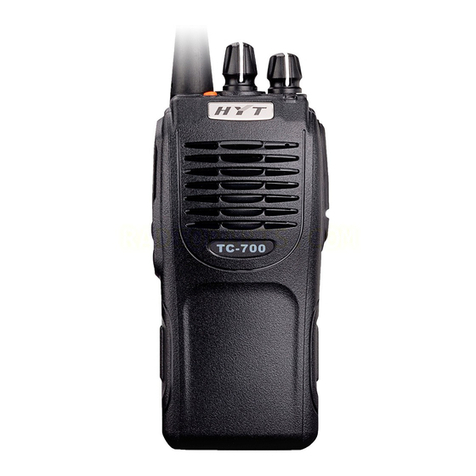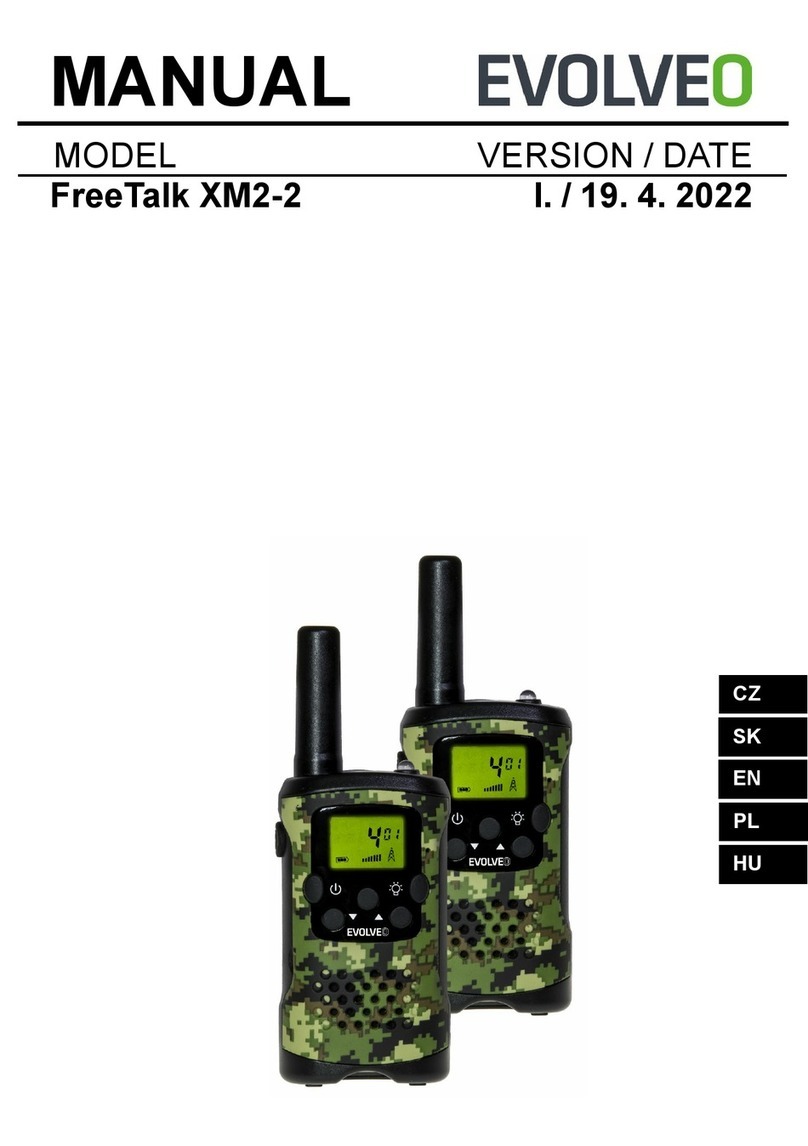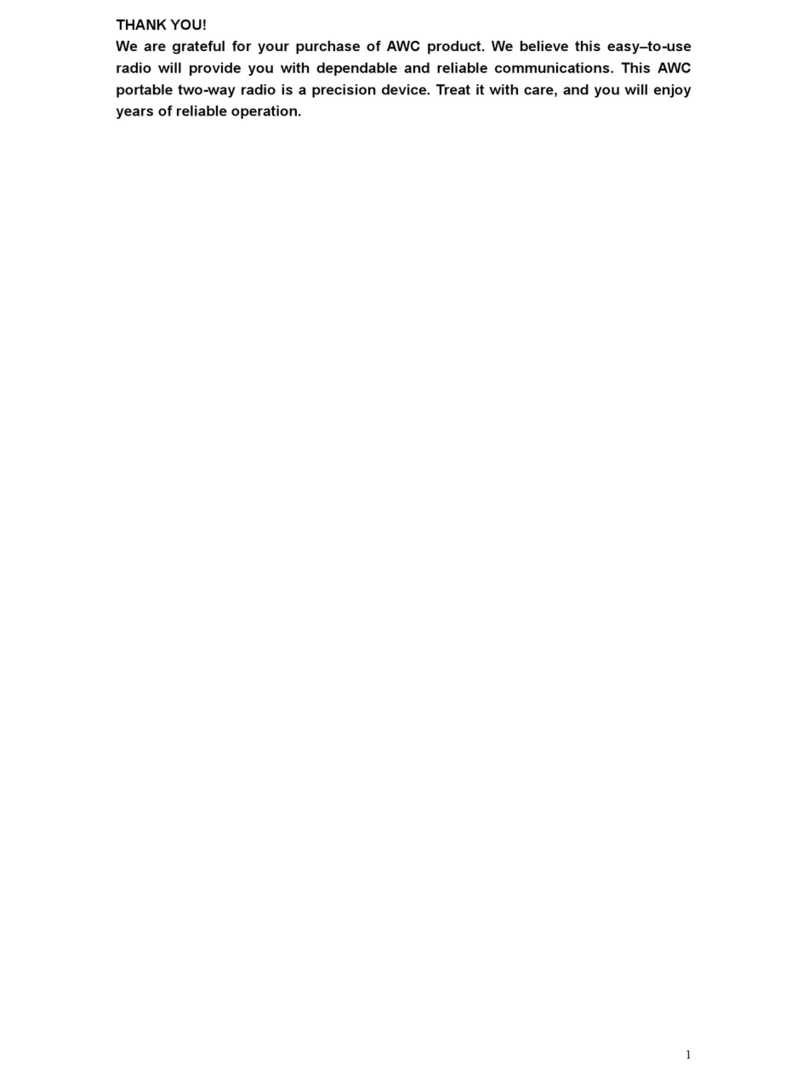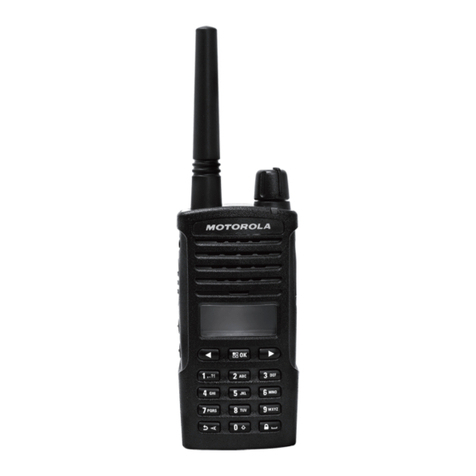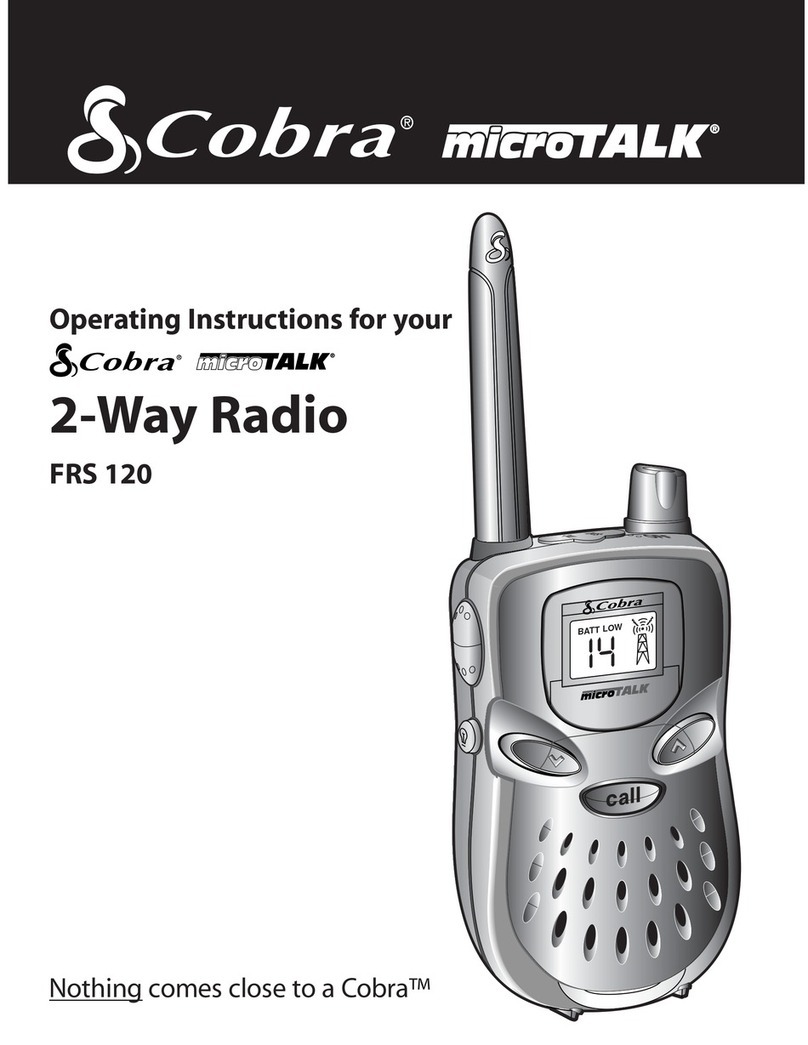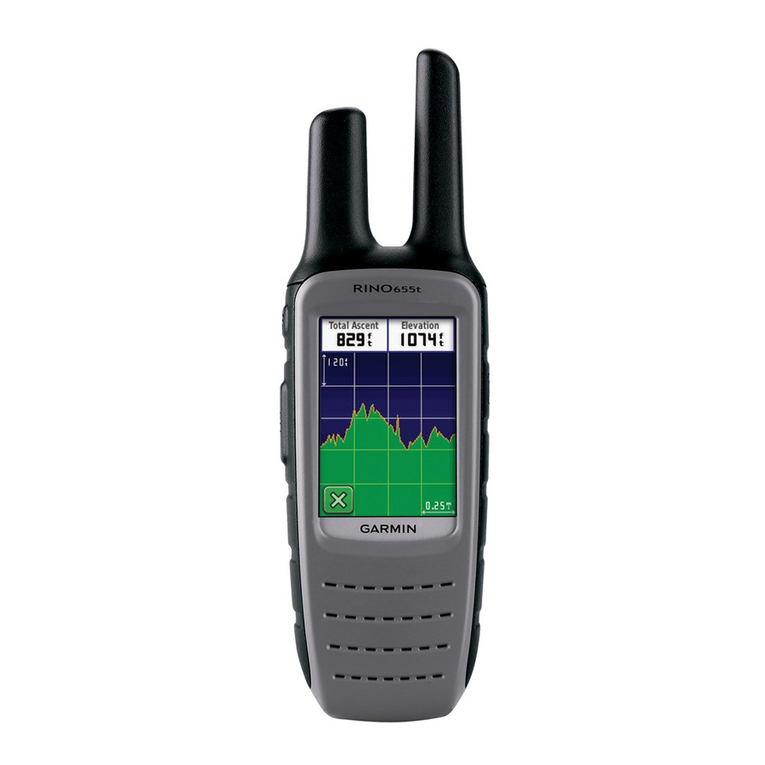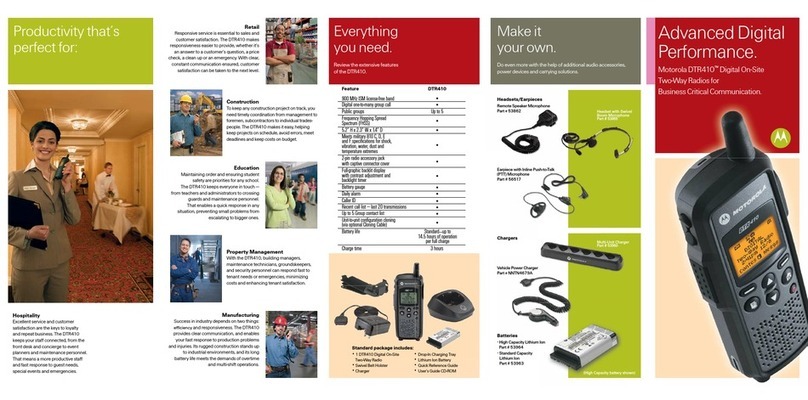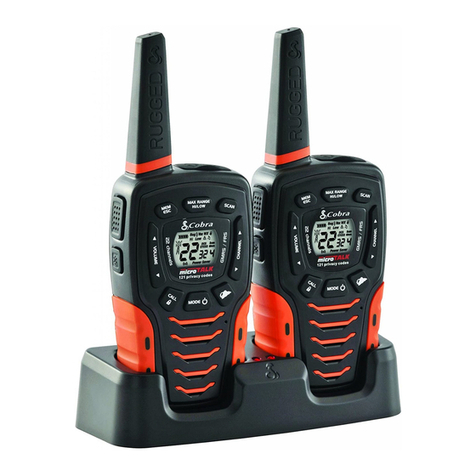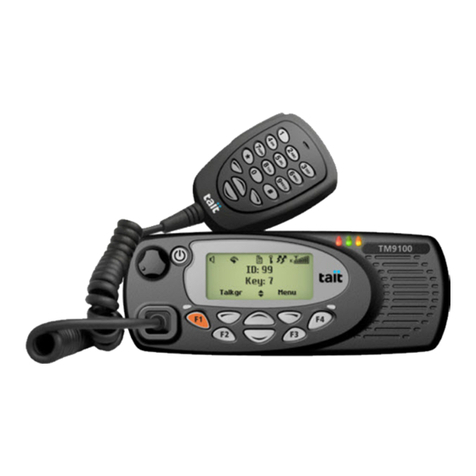
8
classification and the use of your two radios, please contact the local government
radio management departments. For the following specified classification: the USA
FRS, Australian CB, the individual license is not required.
Compliance with RF Exposure Standards (If appropriate, Reference
to the actual product’s Safety Marking)
Your Retevis walkie talkie is designed and tested to comply with a number of national
and International standards and guidelines (listed below) for human exposure to radio
frequency electro-magnetic energy.
FCC ID
The FCCID means: This radio complies with the IEEE (FCC) and ICNIRP exposure
limits for occupational/controlled RF exposure environments at operating duty factors
of up to 50% talk-50% listen and is approved for occupational use only.
The CE marking means: Hereby, Shenzhen Retevis Technology Co., Ltd. declares
that the radio equipment type RT30 is in compliance with the RED Directive
2014/53/EU and the ROHS Directive 2011/65/EU and the WEEE Directive
2012/19/EU. The full text of the EU declaration of conformity is available at the
following internet address: www.retevis.com
NOTE: The approved batteries, supplied with this radio, are rated for a 5-5-90 duty
factor (5% talk-5% listen-90% standby) even though this radio complies with
FCC occupational exposure limits and may operate at duty factors of up to
50% talk.
IC ID
This device complies with Industry Canada license-exempt RSS standard(s).
Operation is subject to the following two conditions:
(1) This device may not cause interference, and
(2) This device must accept any interference, including interference that may cause
undesired operation of the device.
In terms of measuring RF energy for compliance with these exposure guidelines, your
radio generates measurable RF energy only while it is transmitting (during talking),
not when it is receiving (listening) or in standby mode.
Note:
The approved batteries, supplied with this radio, are rated for a 5-5-90 duty factor (5%
talk-5% listen-90% standby) even though this radio complies with FCC occupational
exposure limits and may operate at duty factors of up to 50% talk.
RF energy exposure standards and guidelines (if appropriate)
Your Retevis walkie talkie complies with the following RF energy exposure standards
and guidelines:
• United States Federal Communications Commission (FCC), Code of Federal
Regulations; 47 CFR part 2 sub-part J.
• American National Standards Institute (ANSI) / Institute of Electrical & Electronic
Engineers (IEEE) C95. 1-2005
• IEEE Std. 1528:2013 and KDB447498, Evaluating Compliance with FCC Guidelines for
Human Exposure to Radio Frequency Electromagnetic Fields.
• Institute of Electrical and Electronic Engineers (IEEE) C95.3-2002
• International Commission on Non-Ionizing Radiation Protection (ICNIRP)
• Ministry of Health (Canada) Safety Code 6 & Industry Canada RSS-102.
• International Electrotechnical Com-mission IEC62209-2:2010]
RF Exposure Compliance and Control Guidelines and Operating Instructions
To control your exposure and ensure compliance with the occupational / controlled
environment exposure limits, always adhere to the following procedures.
Guidelines:
• User awareness instructions should accompany the device when transferred to
other users.
• Do not use this device if the operational requirements described herein are not met.
Operating Instructions:
• Transmit no more than the rated duty factor of 50% of the time. To Transmit (Talk),
push the Push To Talk (PTT) button. To receive calls (listen), release the PTT button.
Transmitting 50% of the time, or less, is important because the radio generates
measurable RF energy exposure only when transmitting in terms of measuring for
standards compliance.
• Transmit only when people outside the vehicle are at least the recommended
minimum lateral distance away from a properly installed according to installation
instructions, externally mounted antenna.
• When operating in front of the face, worn on the body, always place the radio in a
Retevis approved clip, holder, holster, case, or body harness for this product. Using
approved body-worn accessories is important because the use of Non-Retevis
approved accessories may result in exposure levels, which exceed the IEEE/ICNIRP
occupational/controlled environment RF exposure limits.
• If you are not using a body worn accessory and are not using the radio in the
intended use position, in front of the face or at the body in the PTT mode or
alongside of the head in the phone mode, then ensure the antenna and the radio
are kept 2.5 cm (one inch) from the body when transmitting. Keeping the radio at a
proper distance is important because RF exposures decrease with increasing
distance from the antenna.
7
